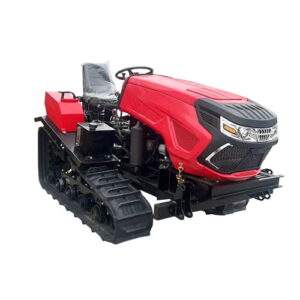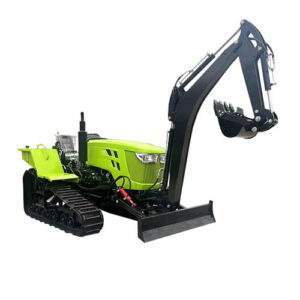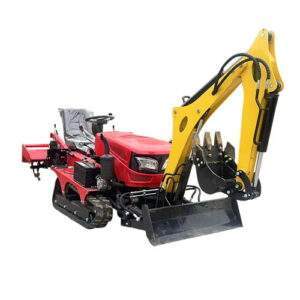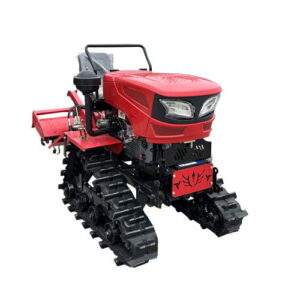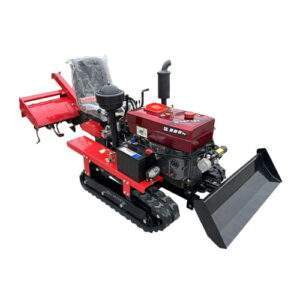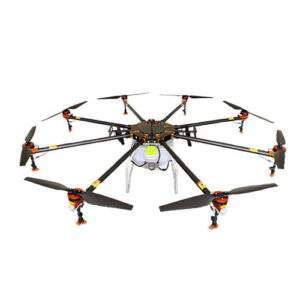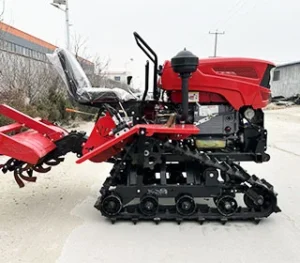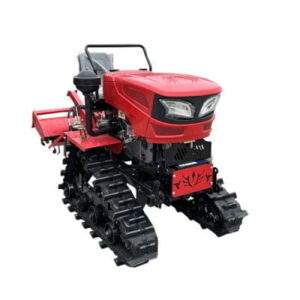Understanding the Role of Tractor Agricola in Sustainable Agriculture Practices
Introduction
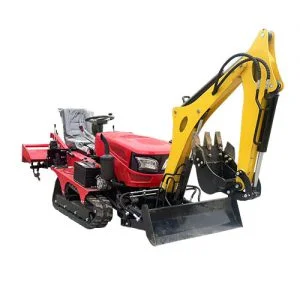
In the realm of modern agriculture, the tractor agricola stands as a cornerstone of efficiency and sustainability. This blog delves into its pivotal role, exploring how this agricultural machinery enhances productivity, mitigates environmental impact, and ensures economic viability.
History of Tractor Agricola
Tractor agricola has a rich history that spans centuries, evolving from early mechanization efforts to today’s advanced models. Initially developed to replace traditional animal-powered methods, such as oxen or horses, tractors revolutionized farming by significantly increasing efficiency and output. The introduction of steam-powered and later internal combustion engine tractors in the late 19th and early 20th centuries marked a turning point in agricultural productivity worldwide. Over time, advancements in technology have led to more fuel-efficient engines, improved ergonomic designs, and sophisticated onboard systems for precision farming.
Importance of Tractor Agricola in Sustainable Agriculture
Enhancing Productivity
The introduction of tractor agricola has dramatically increased farm productivity by mechanizing labor-intensive tasks such as plowing, planting, and harvesting. What would have taken days or weeks manually can now be completed in a fraction of the time, allowing farmers to manage larger areas and achieve higher yields. This efficiency not only boosts agricultural output but also enables farmers to adopt more sustainable practices by optimizing resource use and reducing waste.
Environmental Impact
One of the most significant advantages of tractor agricola is its positive environmental impact. Unlike traditional methods that relied heavily on manual labor or animal power, modern tractors are designed for fuel efficiency and reduced emissions. Advanced engine technologies, such as turbocharging and electronic fuel injection, ensure optimal fuel combustion, thereby lowering carbon emissions per unit of work done. Moreover, precision farming techniques made possible by tractor, such as GPS-guided seeding and fertilizer application, minimize chemical use and nutrient runoff, thus preserving soil health and water quality.
Economic Viability
From a financial standpoint, investing in tractor agricola can lead to substantial long-term savings. Despite initial high costs, modern tractors offer significant returns on investment through increased operational efficiency and reduced labor costs. Farmers can achieve economies of scale by managing larger acreages with fewer resources, leading to improved overall profitability. Furthermore, the ability to mechanize tasks that were previously labor-intensive allows farmers to diversify their crops and adapt to changing market demands more readily.
Case Studies and Examples
To illustrate its effectiveness, consider the case of a small-scale farm in rural America. By incorporating a mid-sized tractor into their operations, the farm not only doubled its corn production but also reduced fuel consumption by 30% compared to traditional methods. This case study underscores the transformative impact of mechanization on agricultural productivity and sustainability, demonstrating how modern technologies can drive positive outcomes for farmers and the environment alike.
Benefits and Challenges
Benefits
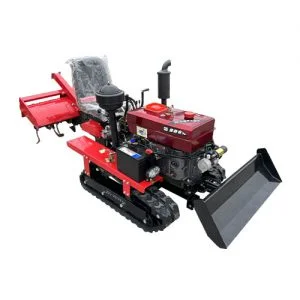
The benefits of tractor agricola extend beyond productivity gains and environmental stewardship. These machines enable farmers to optimize planting densities, apply fertilizers precisely, and manage irrigation efficiently, all of which contribute to higher crop yields and improved food security. Additionally, tractor agricola facilitate timely operations, reducing dependency on weather conditions and enabling farmers to maximize their yield potential throughout the growing season.
Challenges
Despite its advantages, the adoption of tractor agricola poses several challenges. High initial costs can be prohibitive for small-scale farmers or those operating in developing regions with limited access to credit. Maintenance requirements, including regular servicing and occasional repairs, also add to the operational costs of owning and operating tractors. Moreover, concerns over soil compaction and biodiversity loss due to intensive mechanization necessitate careful planning and sustainable farming practices to mitigate negative impacts on the environment.
Conclusion
In conclusion, the tractor agricola represents a cornerstone of modern sustainable agriculture. Its ability to enhance productivity, minimize environmental impact, and improve economic viability underscores its importance in feeding a growing global population while preserving natural resources for future generations. As technology continues to advance, so too will the role of tractor agricola in shaping the future of farming worldwide. By embracing innovation and adopting responsible farming practices, farmers can harness the full potential of tractor agricola to meet the challenges of food security and sustainability in the 21st century.
FAQ
What is a tractor agricola?
A tractor agricola is a specialized agricultural vehicle designed to mechanize various farming tasks, such as plowing, planting, and harvesting. It typically features a powerful engine, robust chassis, and versatile implements for agricultural operations.
How does tractor agricola contribute to sustainability?
Tractor agricola promotes sustainability by reducing the reliance on manual labor and optimizing fuel efficiency. By mechanizing tasks that were traditionally labor-intensive, such as tilling and harvesting, tractors enable farmers to increase productivity while minimizing environmental impact through reduced fuel consumption and emissions.
What are the different types of tractor agricola available?
Tractor agricola come in various sizes and configurations to suit different farming needs. Compact tractors are suitable for small farms or orchards, while larger, high-horsepower models are designed for extensive agricultural operations such as large-scale crop farming or livestock management.
How should tractor agricola be maintained?
Regular maintenance is essential to ensure optimal performance and longevity of tractor agricola. This includes routine oil changes, filter replacements, and inspections of critical components such as brakes, hydraulics, and electrical systems. Proper storage and periodic servicing by trained technicians can prevent breakdowns and costly repairs, maximizing the reliability and efficiency of the equipment.

